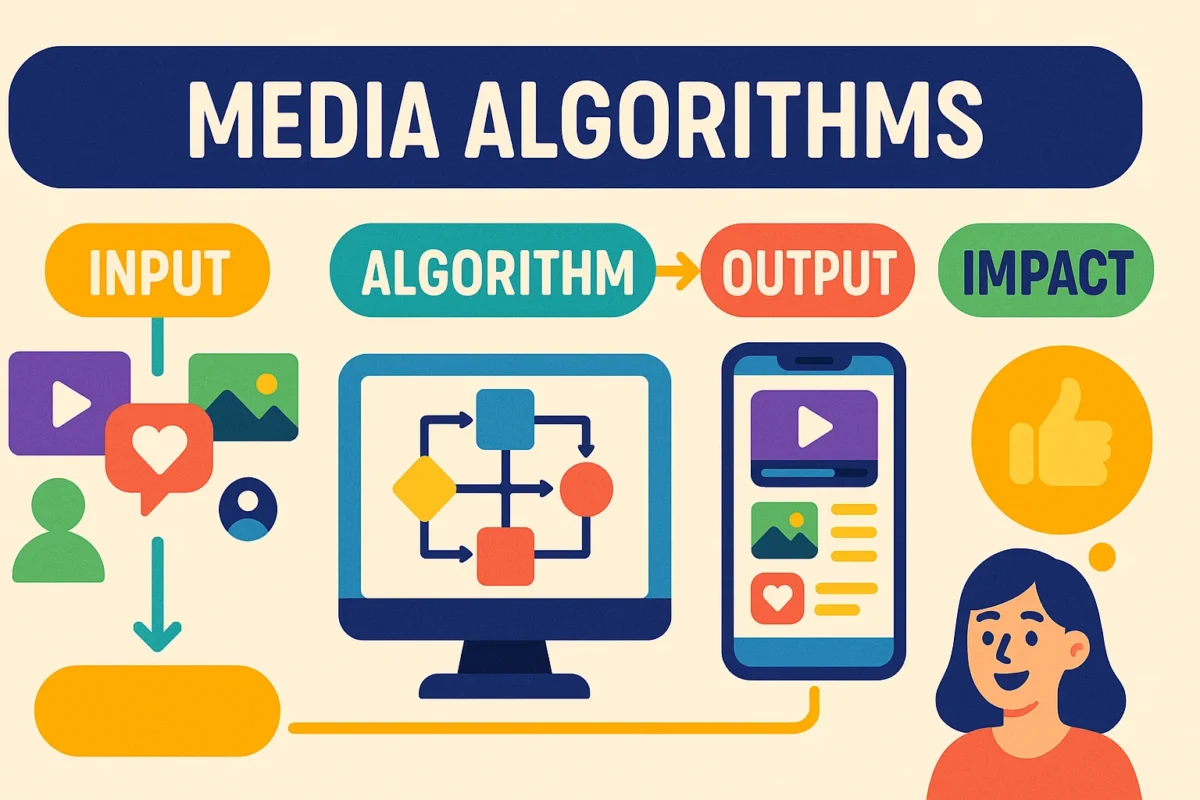|
|
While it’s difficult to completely remove social media algorithms from your experience, there are steps you can take to minimize their influence and better control what you see.
Switch to Chronological Feeds
Some platforms, like Twitter (now X) and Instagram, allow users to switch to chronological feeds instead of algorithm-driven ones. This displays posts in the order they are published, reducing the algorithm’s ability to prioritize content based on user engagement.
Instagram Users can switch to a chronological feed by tapping on the “Following” tab on their feed.
Twitter/X can switch between “For You” (algorithmic) and “Following” (chronological) to prioritize posts by real-time order.
This feature helps users see the most recent posts, which limits the algorithm’s direct control. Instagram offers this option for both regular posts and stories
( SpringerLink)
Turn Off Targeted Ads
Platforms like Facebook and Instagram allow users to manage their ad preferences, which can reduce targeted advertisements based on your activity and interests. Log into Facebook or Instagram. Go to Settings > Ads > Ad Preferences to turn off personalized ad categories and limit how ads are shown. This reduces, but does not eliminate, ad targeting.
Limit Data Collection
Social media algorithms rely on extensive data to curate content feeds. Limiting data collection by restricting app permissions, disabling location tracking, or using privacy-focused browsers can reduce the data that algorithms rely on for customization. In order to disable location services and reduce permissions such as access to your camera or microphone. You can also use privacy-focused browsers like DuckDuckGo or extensions like Privacy Badger to limit tracking.
(SpringerLink)
Unfollow or Mute Certain Accounts
Algorithms often prioritize accounts and content you engage with the most. Unfollowing or muting accounts that don’t align with your preferences can help redirect the algorithm.
Muting accounts allows you to stop seeing their content without unfollowing them, guiding the algorithm to show more relevant posts.
Use Alternative Platforms
Some newer platforms are designed with privacy and user control in mind. Decentralized platforms like Mastodon and open-source networks like Ello offer chronological feeds and prioritize user choice over algorithm-driven content.
These platforms aim to provide an alternative for users who prefer less algorithmic control over their content consumption
(Psychology Today)(JAAPL)
Use Browser Extensions or Apps
Browser extensions like Social Fixer for Facebook and Unhook for YouTube can remove algorithmic suggestions, giving users a cleaner and less curated experience. These tools help reduce the impact of algorithms by filtering out recommended posts, videos, or ads(
While eliminating social media algorithms entirely is nearly impossible on major platforms, these strategies offer ways to reduce their influence. By switching to chronological feeds, limiting data collection, managing ad preferences, and using alternative platforms or browser tools, you can regain more control over your online experience.








